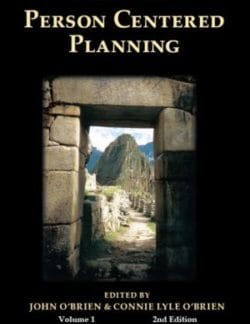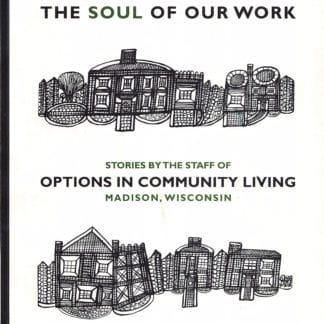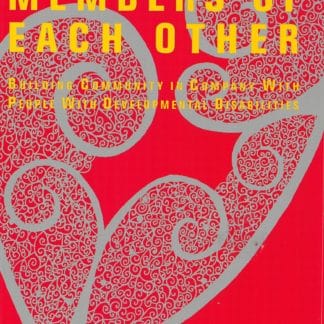Inclusion as a Force for School Renewal
Inclusion heightens awareness of the school as community
John O’Brien & Connie Lyle O’Brien
1995
Including students with substantial disabilities in regular classrooms heightens awareness of each interrelated aspect of the school’s life as a community: its boundaries, its benefits to members, its internal relation- ships, its relationships with its outside environment, and its history (Taylor, 1992). As most people who have faced the possibility of inclu- sion know viscerally, this heightened awareness usually comes in the form of fear and defense, expressed in terms that sound similar from either side of the boundary that separates students on the basis of dis- ability. We could imagine either a special educator or a general educator saying,
“Students like that have always been educated with others like themselves. Both they and their teachers work in fundamentally different ways than we do, and, what’s more, their teachers have different affiliations, different sources of funds, and different accountabilities than we do. Having those students here with us will distract us from our real purpose and disrupt our routines. Besides, we don’t know how to teach students like that. Both groups of students will be disadvantaged; those student’s parents would never allow it to happen and neither would our students’ parents.”



